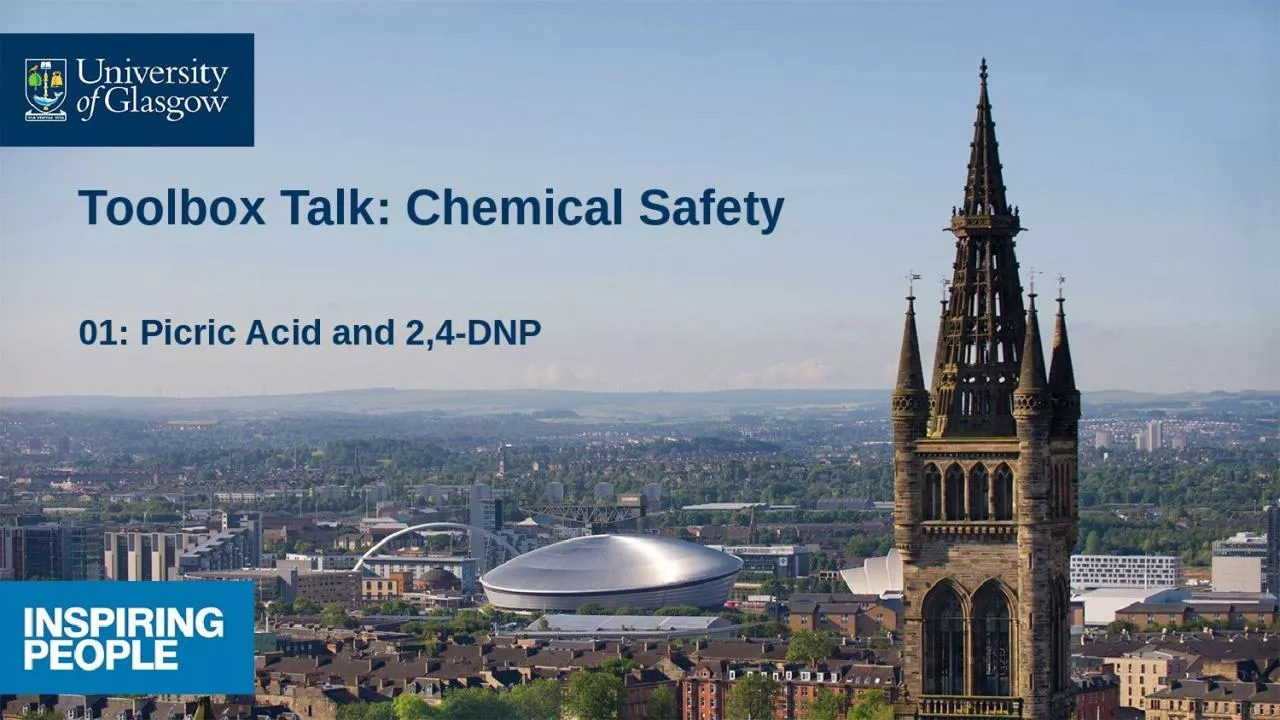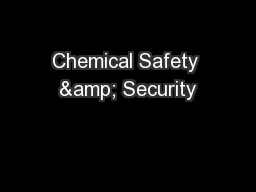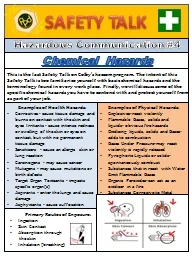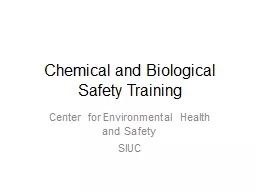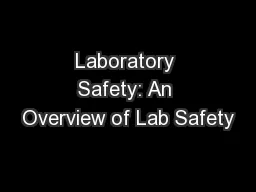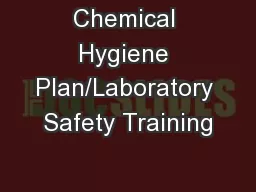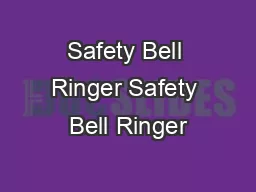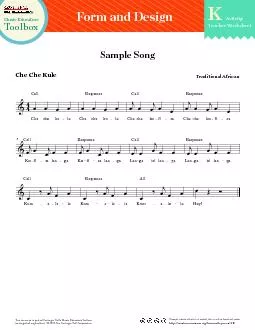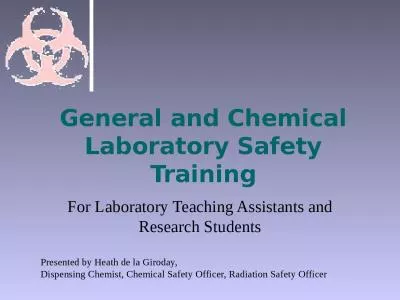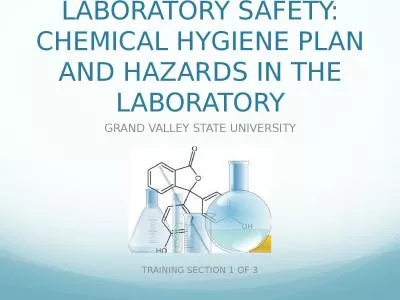PPT-Toolbox Talk: Chemical Safety
Author : ceila | Published Date : 2023-08-23
01 Picric Acid and 24DNP Where are they found 246trinitrophenol Picric Acid Organic synthesis Detection of urine Jaffe Test Histology laboratories fixing and staining
Presentation Embed Code
Download Presentation
Download Presentation The PPT/PDF document "Toolbox Talk: Chemical Safety" is the property of its rightful owner. Permission is granted to download and print the materials on this website for personal, non-commercial use only, and to display it on your personal computer provided you do not modify the materials and that you retain all copyright notices contained in the materials. By downloading content from our website, you accept the terms of this agreement.
Toolbox Talk: Chemical Safety: Transcript
Download Rules Of Document
"Toolbox Talk: Chemical Safety"The content belongs to its owner. You may download and print it for personal use, without modification, and keep all copyright notices. By downloading, you agree to these terms.
Related Documents

